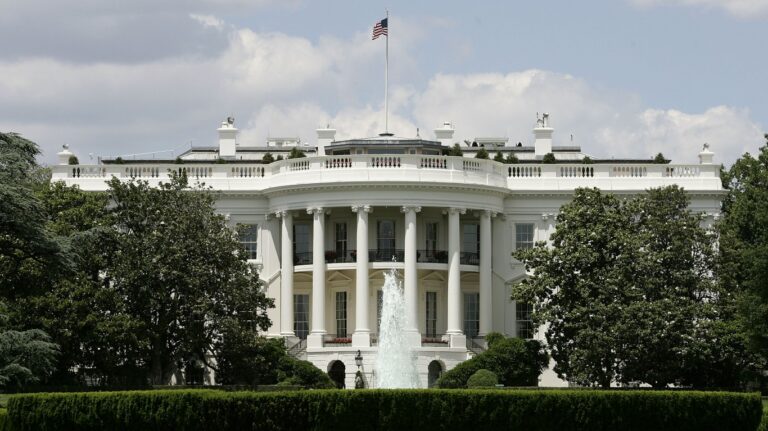How green is your monetary policy?

This article examines the impact of monetary policy on firms’ stock prices across CO₂ emission levels. The authors of Is Monetary Policy Transmission Green? provide a theoretical model in which green firms are less sensitive to MP shocks than brown firms, because they are less exposed to transition risk and provide non-pecuniary utility to investors. They test this prediction by using a panel event-study regression approach on 857 U.S. firms between 2010 and 2019. From the abstract: The results show “robust evidence that firms with high carbon intensity are significantly more affected by policy rate surprises. The sensitivity premium of brown firms remains significant when controlling for classic sources of MP heterogeneity, is persistent, and increases with climate awareness. Our results suggest that the market neutrality principle guiding the implementation of monetary policy could induce a bias toward brown firms.” Authors: Louis Raffestin, University of Bordeaux; Aurélien Leroy, LAREFI, University of Bordeaux; Inessa Benchora, University of Orléans
More of the latest research:
- A Rapid Review of GHG Accounting Standards
- Cost sharing mechanisms for carbon pricing: What drives support in the housing sector?
Sponsor
Find a Vetted Financial Advisor
- Finding a fiduciary financial advisor doesn't have to be hard. SmartAsset's free tool matches you with up to 3 financial advisors that serve your area in 5 minutes.
- Each advisor has been vetted by SmartAsset and is held to a fiduciary standard to act in your best interests. Get on the path toward achieving your financial goals!
More from ClimateCrisis 247
- Many Americans Eat Pesticides In Food
- The Power Grid Is Hit By AI Demand
- Where Did Al Gore Go?
- Children’s Eyesight Hurt By Pollution






